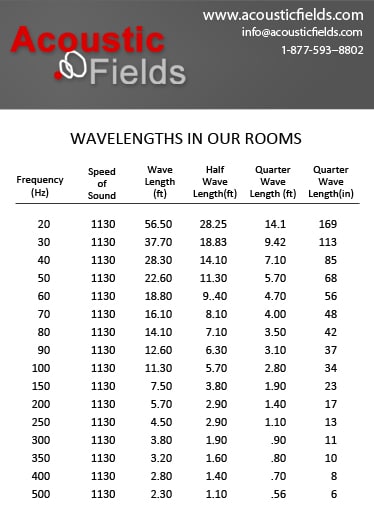My point is that if you choose a main speaker system that offers the level of bass required for music, you should be better off than mixing one inadequate main speaker's bass with another manufacturer's sub.
Your own system seems to be £15K KEF Reference 5 main speakers with (let's face it) rather puny 6" bass drivers and you add another £15K worth of subs. Perhaps (and that's all I'm saying) that £30K may have been put to better use with bigger-sounding floor standers that would offer bass down to 25Hz without the need for space-gobbling and normally pretty unsightly subs.
My own KEF speakers from years back (107 Reference) used twin 10" drivers, before that my self-built Wharfedale Airedales from the 60s had single 15" drivers and more recently my Avantgardes have either twin 10" or twin 12" drivers. Absolutely no need for subs with any of these systems. You may claim that the AG system is essentially one that includes subs and to an extent you're right. However the system is integrated and tuned by one manufacturer and there are no extra boxes to find space for and no duplication of low frequencies from 2 speakers trying not to argue!
I'm only suggesting that carefully chosen main speakers should not require subs for 2 channel music, but I accept that some prefer small mains and separate subs with the inherent difficulties in getting them to act as one and the extra cost of much more joinery! Peter
Again, you have it wrong, just like most people who complain about subwoofers.
If you have large floor standing loudspeakers that are well capable of deep bass down into the 30's or 20's, that's great. Adding subs to these types of loudspeakers is NOT about adding more bass weight and impact. Adding subwoofers to these loudspeakers is all about
TUNING THE ROOM!
You are adding the subwoofers to tame the peaks, and especially the
nulls in the room at low frequencies to provide a much smoother, more natural bass presentation at the listening seat.
My Martin Logan SL3's easily reach down to a usable 25 Hz or so in this current room. They've got plenty of "slam" and impact on their own, but you also notice various bass suck-outs throughout the bass range from around 30 Hz to around 60-70 Hz. Adding the JL e110 subs (moving them all along the front wall and the first 3rd of the side walls), they ended up filling in the majority of those suck-outs (nulls) in the room. Surprisingly, they are not too far away from the woofers in the SL3's, but it's enough of a difference in position to drastically tune the room and get rid of 95% of those pesky nulls in the room.
Lastly, you do NOT hear these subs playing at all. It's like they aren't even in the room. All you notice is a much smoother bass response and a natural, even more usable bass extension down to around 16-18 Hz. You would swear all of that sound is only coming from the SL3's. And all of this is achievable from what most of you would consider a bottom of the barrel budget system. All it takes is proper knowledge, time and patience.
If your system gets too "heavy" sounding by adding subs, you're doing it wrong.
If you can easily tell there are subs playing in your system, you're doing it wrong.
If the sound quality of your system takes a turn for the worse by adding subs, you're doing it wrong.
Wives want subwoofers to be visually invisible.
Audiophiles/musicphiles want the subwoofers to be audibly invisible.


